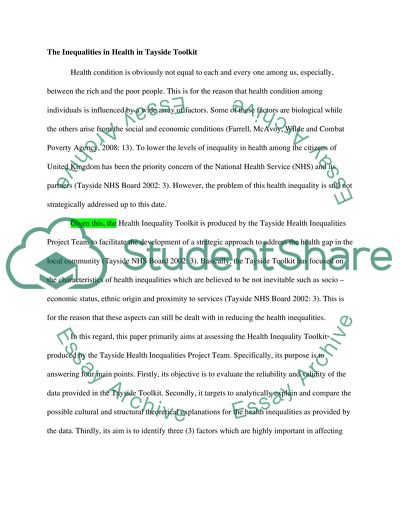Cite this document
(“The Inequalities in Health in Tayside Toolkit Essay”, n.d.)
The Inequalities in Health in Tayside Toolkit Essay. Retrieved from https://studentshare.org/health-sciences-medicine/1399203-inequalities-in-health
The Inequalities in Health in Tayside Toolkit Essay. Retrieved from https://studentshare.org/health-sciences-medicine/1399203-inequalities-in-health
(The Inequalities in Health in Tayside Toolkit Essay)
The Inequalities in Health in Tayside Toolkit Essay. https://studentshare.org/health-sciences-medicine/1399203-inequalities-in-health.
The Inequalities in Health in Tayside Toolkit Essay. https://studentshare.org/health-sciences-medicine/1399203-inequalities-in-health.
“The Inequalities in Health in Tayside Toolkit Essay”, n.d. https://studentshare.org/health-sciences-medicine/1399203-inequalities-in-health.


